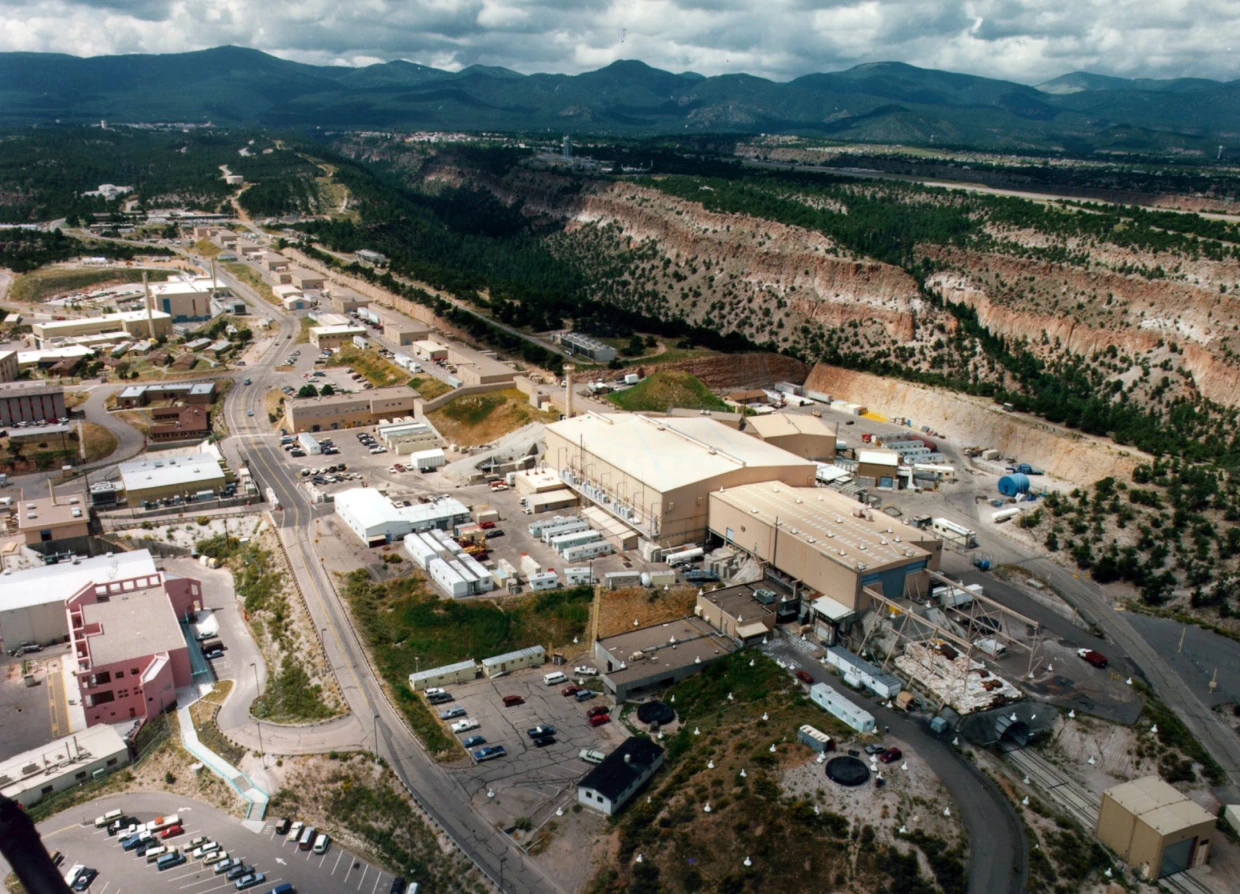The Government Accountability Office says the Energy Department has for years failed to act on recommendations pointing to gaping holes in its efforts to create an insider threat program.
A new watchdog report says the federal agency that keeps the nation’s nuclear secrets has failed to establish an “insider threat” program to guard against fraudsters, leakers and spies in its midst, a decade after a presidential order to do so.
The bluntly-worded report by the Government Accountability Office says the Energy Department has for years failed to act on recommendations from four independent reviewers pointing to gaping holes in its efforts to create an insider threat program. And it notes that it in 2017, the most recent year data was available, there were about 250 unclassified insider threat-related security incidents, including sending classified information over unclassified systems, leaving security areas unattended and not properly protecting classified information.
There were also several malicious incidents, the report notes, including a nuclear safety program manager sentenced to 18 months in prison for accepting almost $500,000 in bribes in exchange for official acts.
“The theft of nuclear material and the compromise of information could have devastating consequences,” the GAO said. “Threats can come from external adversaries or from ‘insiders,’ including employees or visitors with trusted access… Such threats could have significant consequences for national security and could include unauthorized release of classified information; workplace violence; or improper access to sensitive nuclear weapons, material.”
The GAO report comes after NBC News reported exclusively last year that at least 154 Chinese scientists who worked on government-sponsored research at the Energy Department’s Los Alamos National Laboratory over the last two decades have been recruited to do scientific work in China — some of which helped advance military technology that threatens America’s national security.
A report by Strider Technologies described what it calls a systemic effort by the Chinese government to place Chinese scientists at Los Alamos, where nuclear weapons were first developed. Many of the scientists were later lured back to China to help make advances in such technologies as deep-earth-penetrating warheads, hypersonic missiles, quiet submarines and drones, according to the report. It said the scientists were paid as much as $1 million through participation in Beijing’s “talent programs,” designed to recruit Chinese scientists to return to the Asian country.
A former Los Alamos scientist pleaded guilty in 2020 to lying about his involvement in a Chinese recruitment program, but most of the conduct described in the report appears to have been legal. The kind of technology transfer described in the Strider report is among the risks that insider threat programs are designed to mitigate.
In a written response included in the GAO report, the Energy Department said it agreed with all the recommendations, and made a series of promises to essentially do better.
An Energy Department spokesperson said it has “a highly vetted workforce and maintains programs specifically designed to avoid or minimize insider threats while capitalizing on longstanding protection measures against misuse of critical stockpile assets and resources.”
“We appreciate the GAO’s review and have taken a series of actions to further bolster the Department’s capabilities to effectively deter, detect, and mitigate insider threats throughout the nuclear enterprise,” the spokesperson added.
The Energy Department has more than 13,000 employees and a network of contractors employing 120,000, the report says, and a significant percentage of those people hold security clearances.
In 2011, after an Army private leaked tens of thousands of sensitive documents, the government moved to require that all agencies set up an insider threat program.




